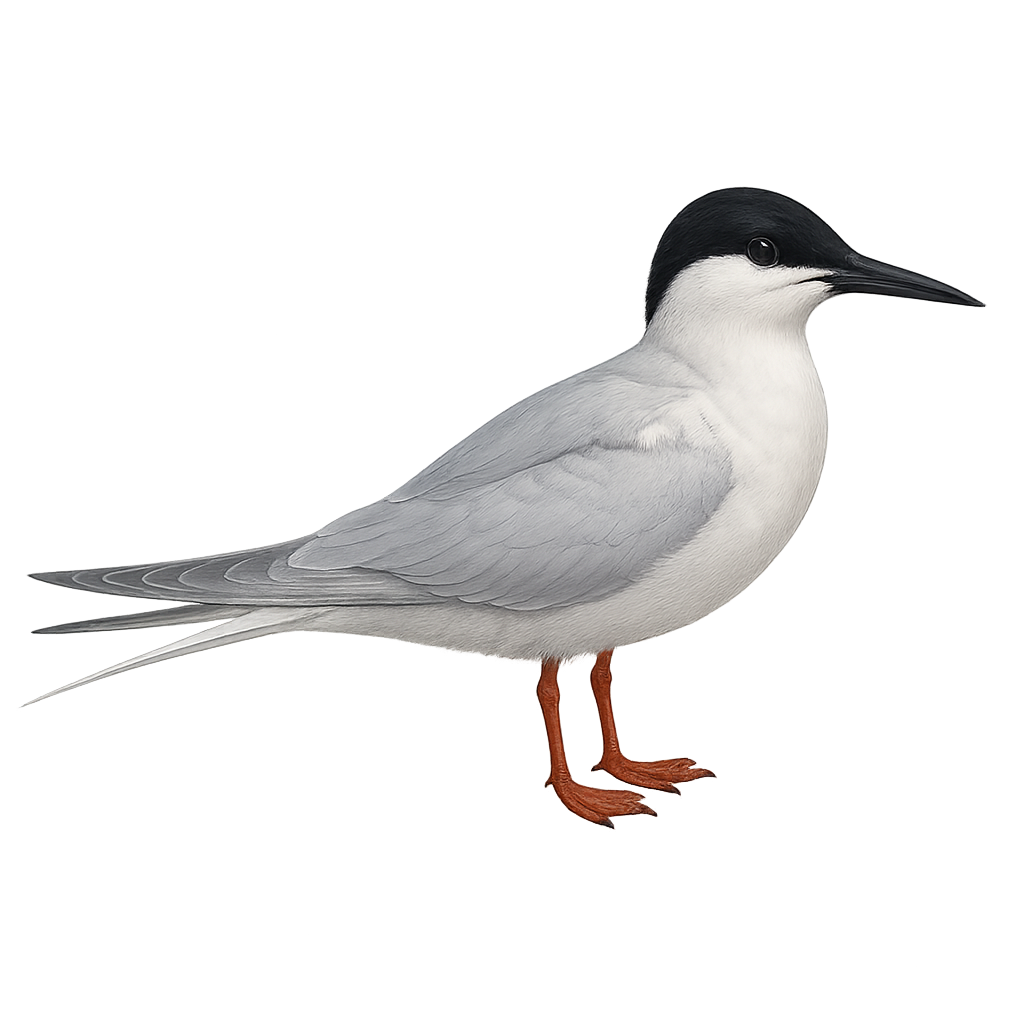Your wildlife photography guide.
Explore the roseate tern in detail, study its behavior, prepare your shots.
Where to observe and photograph the roseate tern in the wild
Learn where and when to spot the roseate tern in the wild, how to identify the species based on distinctive features, and what natural environments it inhabits. The WildlifePhotographer app offers tailored photography tips that reflect the roseate tern’s behavior, helping you capture better wildlife images. Explore the full species profile for key information including description, habitat, active periods, and approach techniques.
Roseate Tern
Scientific name: Sterna dougallii

IUCN Status: Near Threatened
Family: LARIDAE
Group: Birds
Sensitivity to human approach: Suspicious
Minimum approach distance: 10 m
Courtship display: May to June
Incubation: 21-23 jours
Hatchings: June to July
Habitat:
Sandy beaches, rocky islets, coastal areas
Activity period :
Primarily active during the day, with peak activity in the morning and late afternoon.
Identification and description:
The Roseate Tern is an elegant seabird, recognizable by its pure white plumage, graceful wings, and black bill with a red tip. It frequents coasts and islands, often nesting in colonies on sandy beaches or rocky islets. Its flight is agile and fast, often punctuated by spectacular dives to catch fish at the water's surface. A migratory bird, it travels long distances between its breeding sites in Europe and its wintering grounds in Africa or South America. The Roseate Tern is a protected species, as it is vulnerable to human disturbances and predation by introduced species.
Recommended lens:
400 mm – adjust based on distance, desired framing (portrait or habitat), and approach conditions.
Photography tips:
To photograph the Roseate Tern, it is advisable to use a telephoto lens of at least 400mm to capture detailed images without disturbing the bird. The best opportunities arise during its spectacular dives or when it is resting on the beaches. Opt for the golden hours of morning or evening to benefit from soft and flattering light. Be discreet and maintain a safe distance of at least 10 meters to avoid disturbing these sensitive birds.
The WildlifePhotographer App is coming soon!
Be the first to explore the best nature spots, track rutting seasons, log your observations, and observe more wildlife.
Already 1 432 wildlife lovers subscribed worldwide

